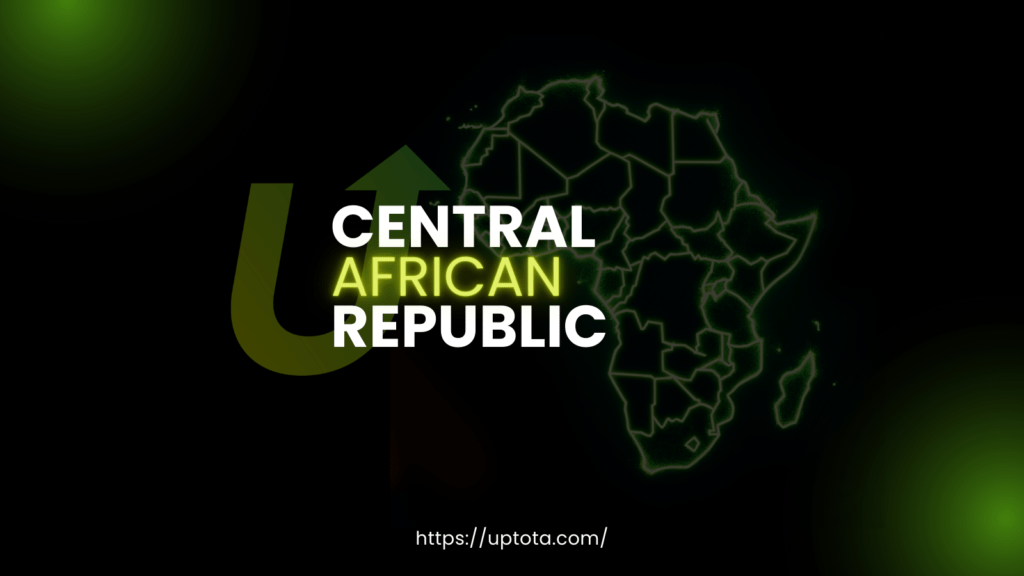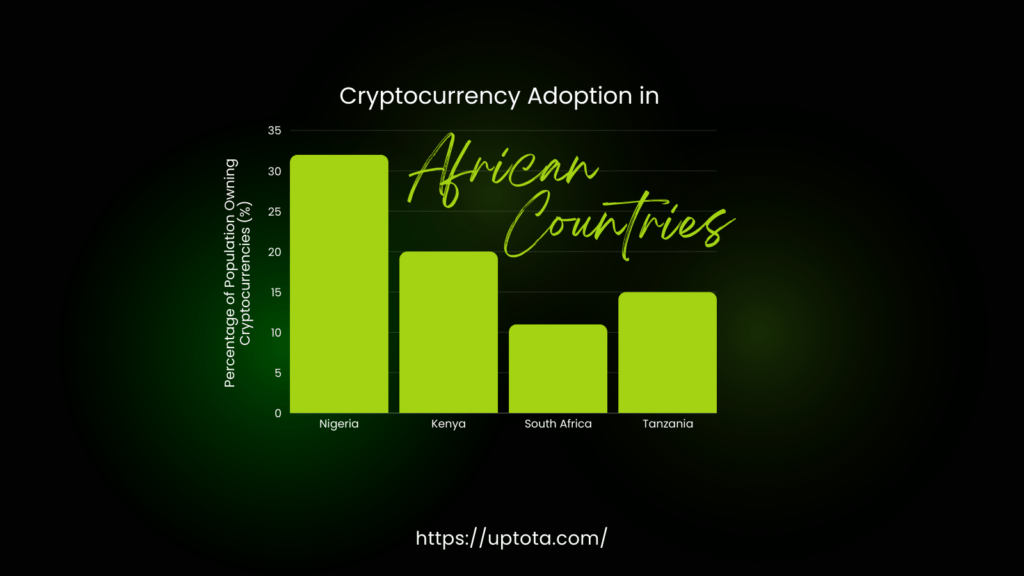A detailed examination of the current financial structure in Africa
The African financial structure is diverse and shows various positive as well as negative characteristics. Global uncertainties prevail, but economic growth is stabilizing at around 4% between 2023 and 2024, according to the African Development Bank Group ( African Development Bank Group). Furthermore, digitalization in Africa has also improved, especially in the financial sector. Countries such as Kenya are leaders in the introduction of digital payment systems. However, even though access to capital is improving, small and medium-sized enterprises can only dream of access to finance. (UNCTAD).
The debt levels of many African countries have risen sharply in recent years. According to the African Development Bank Group, high financing costs and political uncertainties are increasingly worsening the situation and there is high pressure on the government to stabilize the economy. (African Development Bank Group)(African Development Bank Group).
Additionally, it is clear to see, that the infrastructural development is still a major problem. Investments in trains, roads and ports are barely keeping pace. This limits the economic integration and trade capacity. (UNCTAD)
Statistics on access to banking services, mobile payments and the use of financial technologies
Access to banking services, mobile payments and the use of financial technologies has made great strides in Africa in recent years, improving financial inclusion, but there is still much room for improvement.
Even though about 48% of the African population has access to traditional banking services, almost half of them do not have a bank account due to infrastructural deficiencies. The problem is particularly acute in rural areas, where the availability of traditional banks is virtually non-existent. (World Economic Forum)(IMF).
As a result, the inhabitants of Africa are looking for solutions to ensure their money transfer despite this and this is also having an impact on the figures. In 2023, Nigeria recorded a 22% growth in transaction volume, rising to 1.26 trillion US dollars. Mobile payments account for 35% of gross domestic product, especially in the sub-Saharan region. So, Africa is going digital. (Addleshaw Goddard)(Africa.com – Stay Smart About Africa)
There is also a fintech boom. For example, companies are offering financial products that can facilitate access to financing for small and medium-sized enterprises. This promotes financial inclusion on the one hand and drives economic growth on the other. (IMF)(Africa.com – Stay Smart About Africa
How this data highlights the need and potential of cryptocurrencies
Based on what we’ve learned, it’s safe to say that Africa has significant growth potential for cryptocurrencies. Because the rural population of Africa, for example, does not have access to traditional banking systems, we at Uptota offer a way to send and receive money in their neighborhoods without paying huge transaction costs. The figures for mobile payment have improved a lot and we see great potential to expand and develop this with Uptota. Despite the improved mobile payment, the infrastructure needs to change significantly, as Africa still has too many deficits, which we can compensate for and rectify with the help of Uptota.







